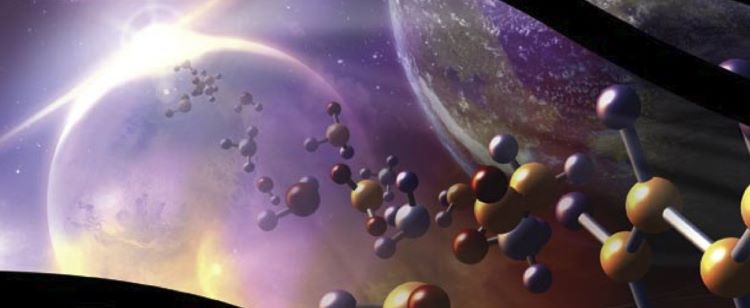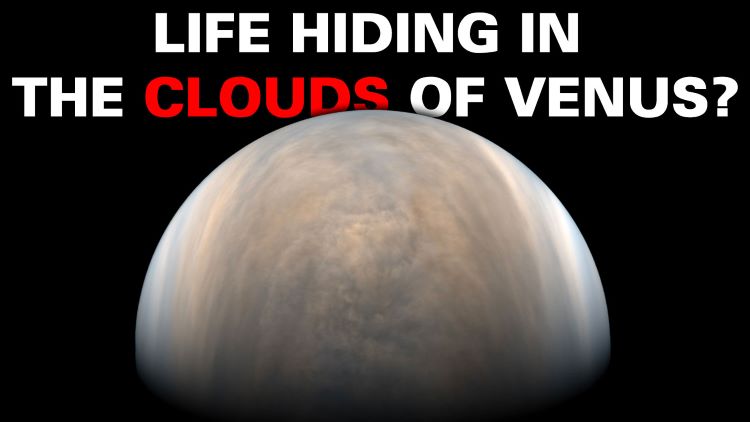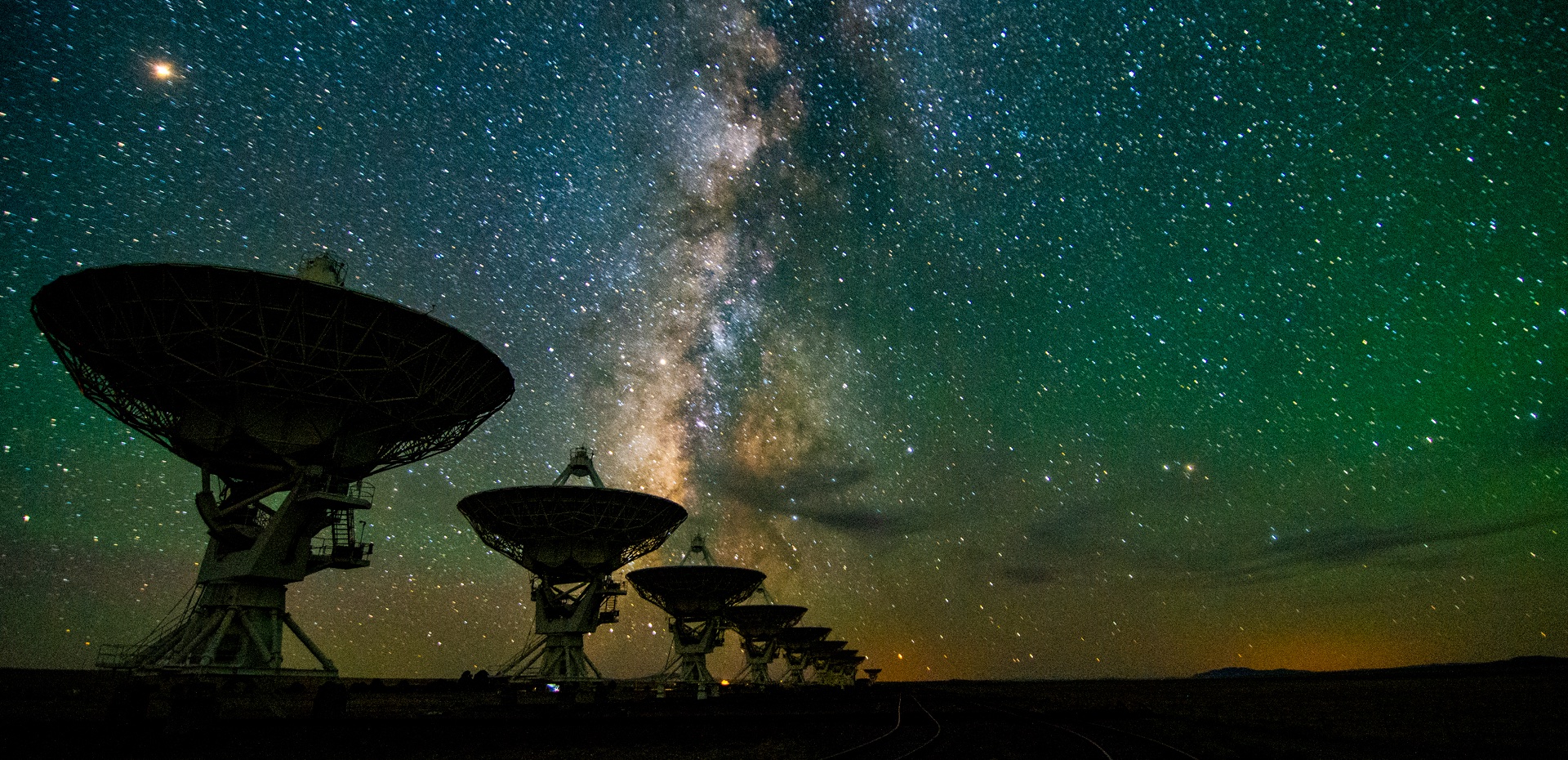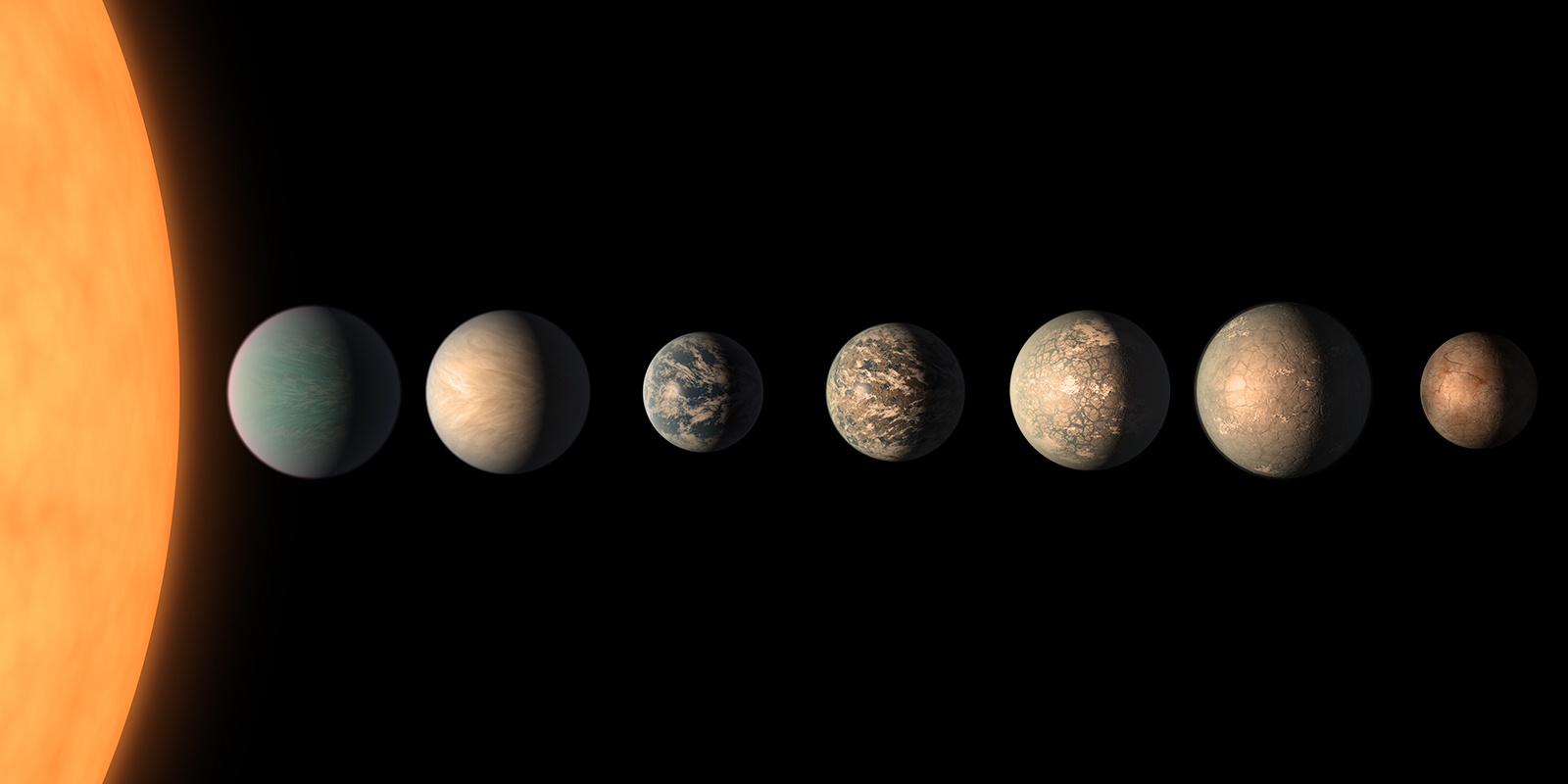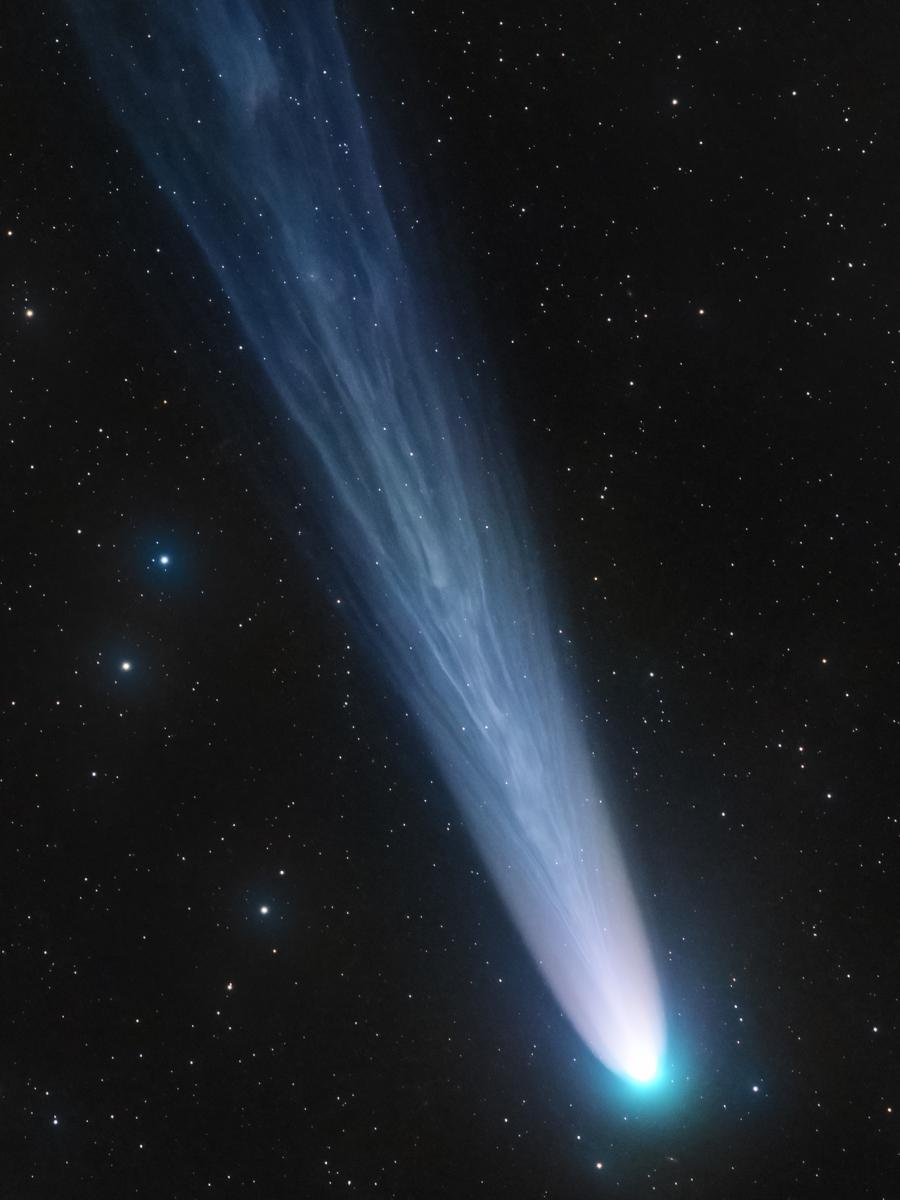Universe Today has had the recent privilege of investigating a multitude of scientific disciplines, including impact craters, planetary surfaces, exoplanets, astrobiology, solar physics, comets, planetary atmospheres, planetary geophysics, cosmochemistry, meteorites, radio astronomy, extremophiles, organic chemistry, black holes, cryovolcanism, planetary protection, dark matter, supernovae, and neutron stars, and how they both individually and collectively contribute to our greater understanding of our place in the universe.
Here, Universe Today discusses the growing field of exomoons with Dr. David Kipping, who is an assistant professor in the Astronomy Department at Columbia University, along with his PhD students, Benjamin Cassese and Daniel Yahalomi, regarding the importance of studying exomoons, the benefits and challenges, potential exomoon candidates, how exomoons can teach us about finding life beyond Earth, and advice for upcoming students who wish to pursue studying exomoons. Therefore, what is the importance of studying exomoons?
Continue reading “Exomoons: Why study them? What can they teach us about finding life beyond Earth?”


